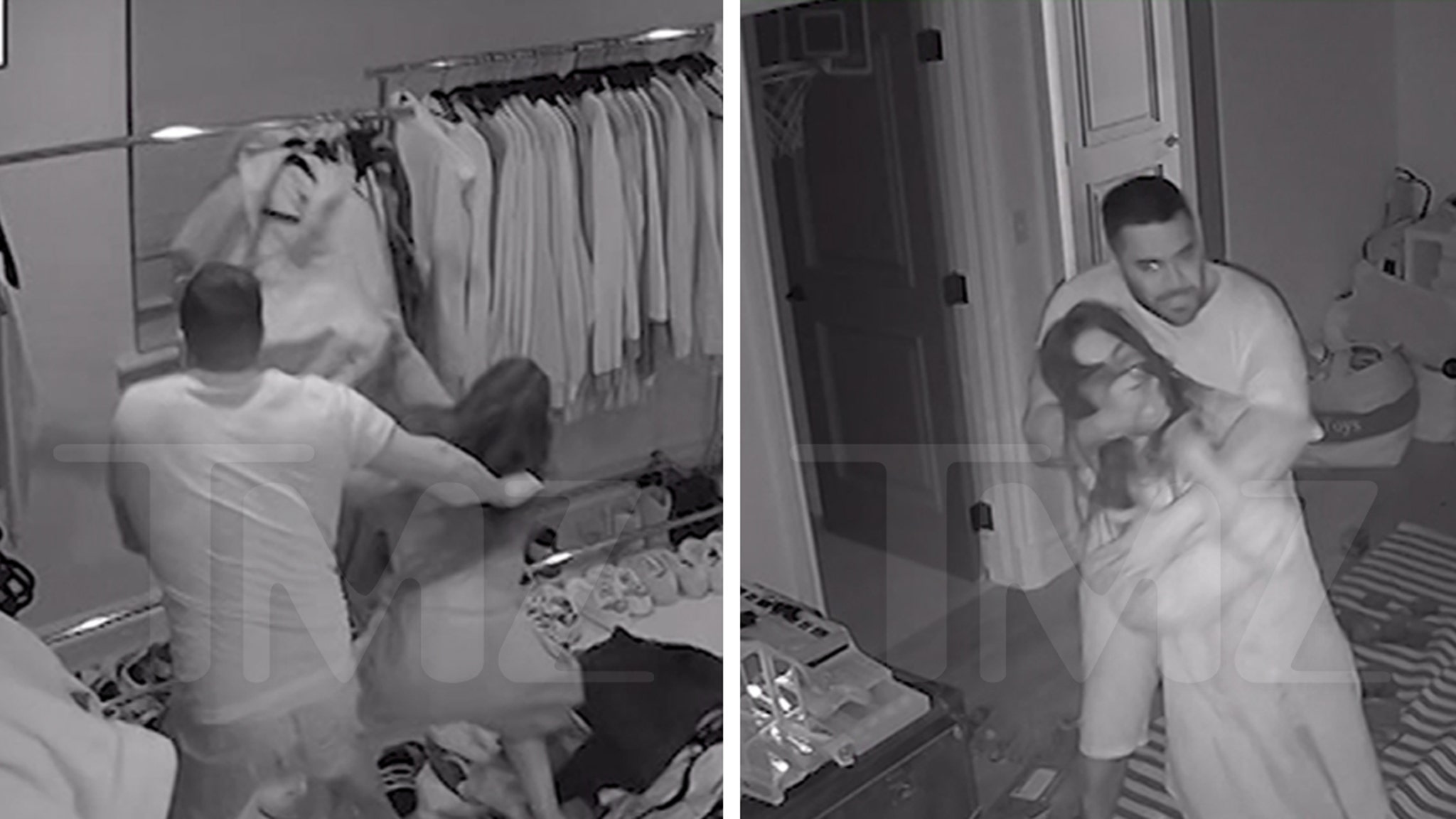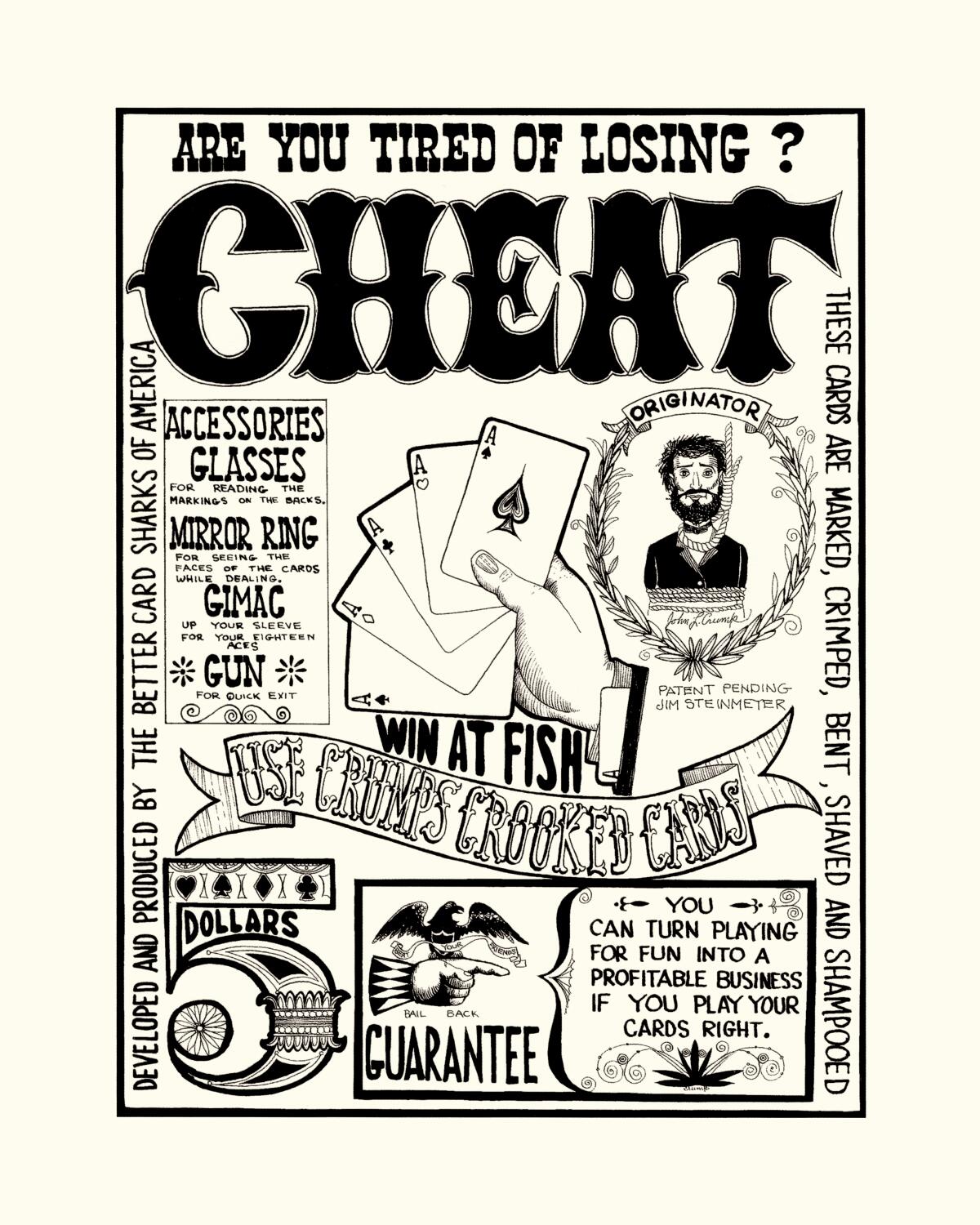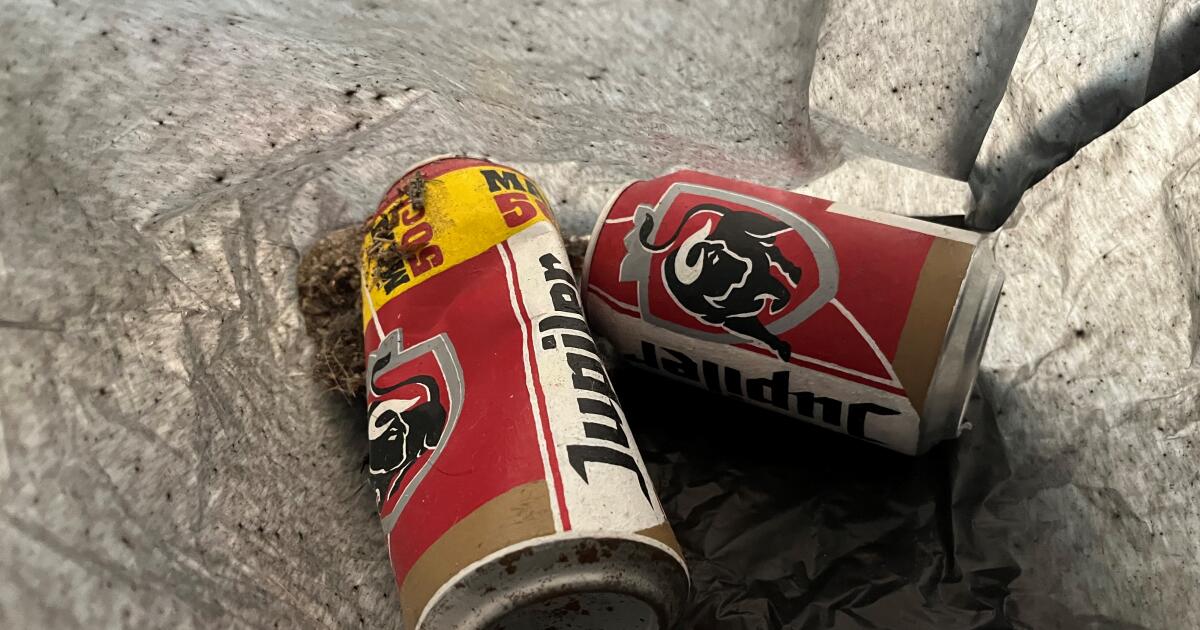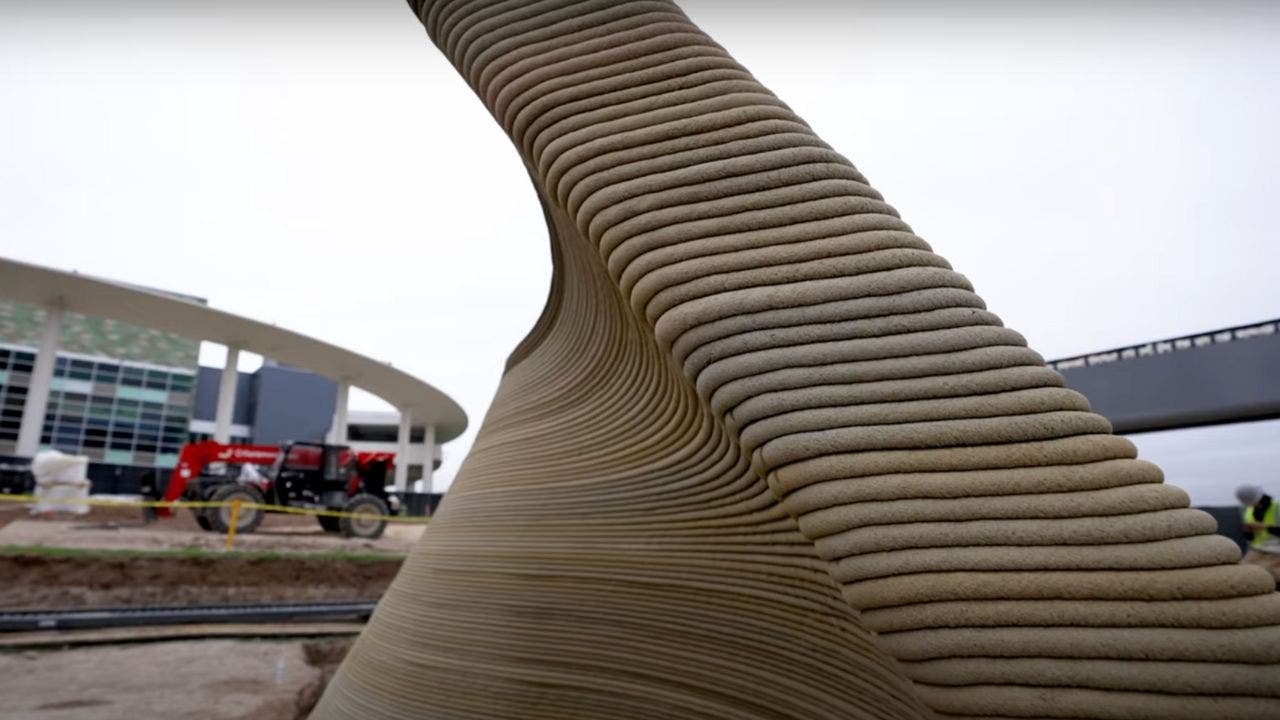Lifestyle
'Shahs of Sunset' Mike Shouhed Appears to Assault Ex-Fiancée in Shocking Video

Mike Shouhed‘s entering a diversion program after his alleged 2022 assault of his then-fiancée Paulina Ben-Cohen … and TMZ has obtained shocking video of the violent incident.
The “Shahs of Sunset” alum went to court Tuesday … where a judge ruled he must enter one year of a mental health diversion program after he was arrested in 2022 and charged with assault and battery.

A protective order for Paulina has also been issued, and Mike must not use or threaten force or violence.
Ben-Cohen filed a civil lawsuit against Shouhed earlier this year over the alleged incident … and, while she and her lawyer included screengrabs from this clip into the lawsuit, this is the first time the full video’s been seen. She says this video was also shared with law enforcement.
In the clip, you see Paulina yanking clothes off a rack in her closet when a man she says is Mike comes up behind her, grabs her by the hair, and throws her to the ground while the clothes rack falls on top of her.

He then grabs her, appearing to smother her face while she’s on the ground before seemingly trying to take her phone from her. Paulina then throws objects to chase him out of the walk-in closet.
The video then moves to a child’s playroom room where the man grabs Paulina from behind and puts his arms around her throat, appearing to choke her while throwing her around the room. Paulina responds with several slaps and punches to his face and head.

During this incident, Paulina claims Mike said he’d never leave the house and went to get a firearm … which is when she says she and their live-in nanny called the police. When they arrived Mike was arrested after cops say they saw visible marks on Paulina’s body.
According to court documents, prosecutors agreed to let Mike enter into a diversion program back in 2022 that included anger management classes, community service and a gun safety course. But, we’re told the city attorney’s office appealed some of the rulings, which is why he’s only entering the program now.
In the lawsuit, Paulina claims this was not the first time Mike had attacked her, claiming they got into another fight in 2021 over Mike allegedly texting another woman.

Paulina is suing Mike for assault and battery, intentional infliction of emotional distress and gender violence.
Mike Shouhed’s attorney, George Mgdesyan, tells TMZ… “This is not the full video. The altercation initiated in the living room. My client was trying to stop her from yelling because the kids were asleep. My client didn’t want her to smoke inside the house because there’s an autistic child there and it’s not in their best interest.”
He continued … “What’s shown in the video is my client trying to calm her down and that’s when he goes behind her and tells her not to yell. There’s way more to the video than provided and this is why my client is getting the diversion that he is.”

Lifestyle
Mitzi Gaynor, star of the big-screen musical ‘South Pacific,’ dies at 93

Actress Mitzi Gaynor poses in her apartment in Beverly Hills, Calif., on May 26, 2021. Gaynor, among the last survivors of the so-called golden age of the Hollywood musical, died of natural causes in Los Angeles on Thursday. She was 93.
Mark J. Terrill/AP
hide caption
toggle caption
Mark J. Terrill/AP
LOS ANGELES — Mitzi Gaynor, the effervescent dancer and actor who starred as Nellie Forbush in the 1958 film of “South Pacific” and appeared in other musicals with Bing Crosby, Frank Sinatra and Gene Kelly, has died. She was 93.
Gaynor, among the last survivors of the so-called golden age of the Hollywood musical, died of natural causes in Los Angeles on Thursday morning, her long-time managers Rene Reyes and Shane Rosamonda confirmed in a statement to The Associated Press.
“As we celebrate her legacy, we offer our thanks to her friends and fans and the countless audiences she entertained throughout her long life,” Reyes and Rosamonda said in a joint statement. “Your love, support and appreciation meant so very much to her and was a sustaining gift in her life.”
Her entertainment career spanned eight decades across film, television and the stage, and appeared in several notable films including “We’re Not Married!” and “There’s No Business Like Show Business,” but she is best remembered for her turn in “South Pacific.”
The screen version of “South Pacific” received three Academy Award nominations and won for best sound, while Gaynor was a best actress nominee for a Golden Globe.
The role of the love-sick nurse Nellie, created on Broadway by Mary Martin, had been eagerly sought by Hollywood stars. Sinatra helped Gaynor land it.
She was starring with him in “The Joker Is Wild,” when she had a one-day opportunity to audition for lyricist Oscar Hammerstein II. It was the same day she was scheduled for her biggest scene with Sinatra. When she explained her plight, he told her, “Don’t worry, I’ll change the schedule.”

Hammerstein was impressed with Gaynor, who had already won the approval of director Josh Logan and composer Richard Rodgers. She was cast opposite Rossano Brazzi, about whom she sang “I’m in Love with a Wonderful Guy.”
Gaynor’s career spanned film, television and Vegas
“South Pacific” was not the turning point in her career that Gaynor had hoped it would be, and she shifted her focus from film to television, making early appearances on Donald O’Connor’s variety series “Here Comes Donald,” and on CBS’ “The Jack Benny Hour.” In October of 1959, she was the only women to guest star alongside Sinatra, Crosby, Dean Martin and Jimmy Durante on ABC’s “The Frank Sinatra Timex Show” special.
Later in her career, Gaynor reinvented herself as a performing entertainer. Working with her husband and manager Jack Bean, she starred in her own musical revue that was a big draw in theaters throughout the U.S., Canada, the U.K. and Australia.
She became the highest paid female entertainer in Las Vegas and was the first woman to be awarded the Las Vegas governor’s trophy for “Star Entertainer of the Year” in 1970.
When touring with a full orchestra, a corps of dancers and backstage personnel became too unwieldy and expensive, Gaynor slimmed down the production, eventually making it a one-woman show. They continued touring every year until 2002 when Bean’s illness required a hiatus.
“I love touring; I’ve been doing it much of my life,” Gaynor said in a 2003 interview. “We go back to the same places; it’s like visiting friends. After the show, people come backstage to the dressing room, and we renew friendships. We send out almost 3,000 Christmas cards every year.”
“Off stage, she was a vibrant and extraordinary woman, a caring and loyal friend, and a warm, gracious, very funny and altogether glorious human being. And she could cook, too!” the statement from Rosamonda and Reyes said, referencing a song from the musical “On the Town” that Gaynor sang in one of her revue shows.
Gaynor also starred in several television variety specials, including “Mitzi…Zings Into Springs” and “Mitzi…Roarin’ in the 20’s.” Many of the specials received nominations for Emmy Awards, with wins for choreography, lighting, art design and costume design, the last of which was awarded to Gaynor’s longtime collaborator, Bob Mackie. The specials were the subject of the 2008 documentary “Mitzi Gaynor: Razzle Dazzle! The Special Years.”
She began singing and dancing at a young age
Born Francesca Marlene de Czanyi von Gerber (Mitzi is diminutive for Marlene) in Chicago on Sept. 4, 1931, she was a part of a musically inclined family and started singing and dancing at a young age.

In a 2003 AP interview, Gaynor said she has a clear memory of her stage debut. She had been taking ballet and tap lessons and at age 7 she was scheduled for a tap routine at the dance school recital. She had neglected to use the bathroom, and when she faced the audience, a puddle formed on the stage.
“I ran kicking and screaming off the stage,” she recalls. “But I got huge applause. So I dried off and put some lipstick on. After the next girl did a hula with batons and slipped on the wet floor, I went out and said, ‘I’m OK now. Can I do it?’ And I got cheers!”
Gaynor and Bean married in 1954 and in 1960 bought a spacious house in Beverly Hills that became their home until his death in 2006. They rarely appeared at Hollywood events, preferring to entertain a few close friends. The couple had no children.
Lifestyle
The scary movies and books that still haunt us : Pop Culture Happy Hour

Lifestyle
How to see the lost art of rebel Disney imagineer Rolly Crump in L.A.

Rolly Crump had an outsized reputation. A rebel in the Disney fold. A beatnik. An unapologetic tell-it-like-it-is you-know-what.
Crump, who died last year at the age of 93, also forever changed the look of Disneyland. His art can be found in the Enchanted Tiki Room and, along with close friend and fellow artist Mary Blair, throughout It’s a Small World.
Crump’s style possessed a larger-than-life whimsy and circus-like loudness, and it caught the eye of Walt Disney, who plucked Crump from animation and one day assigned him what would become arguably the most recognizable clock in Southern California. The timepiece is the anchor of the façade of Disneyland’s It’s a Small World.
Rolly Crump designed a poster for West Hollywood folk club the Unicorn. The poster is part of a new exhibition dedicated to showing off Crump’s early work.
(From Christopher Crump)
This week, an assortment of Crump’s lesser-known personal work will be on display at West Hollywood gallery Song-Word Art House. The show, dubbed “Crump’s The Lost Exhibition,” is curated by Rolly’s son, Christopher, who followed in his father’s footsteps to work for Walt Disney Imagineering, the division of the company responsible for theme park design. “The Lost Exhibition” will draw heavily on Crump’s late-1950s and early-1960s work, specifically his series of folk-house-inspired, rock ’n’ roll-style posters.
The event is open to the public Friday through Sunday, and the gallery is near the original location of one of Crump’s old hangs, folk club the Unicorn. A poster Crump drew for the venue will be a centerpiece of the exhibit. Christopher cites the freewheeling nature of the ’50s folk scene as a large influence on his father’s art, which had the sort of bold colors and intricate, line-heavy work one sees in a tattoo parlor.
Other posters show off Crump’s acidic yet silly sense of humor, such as what he called his “dopers,” that is, art that humorously celebrated drugs in the style of Beat generation barroom posters (“Be a man who dreams for himself,” reads a painting cheerleading opium).
Outside of his work at Disney, Crump continued to work on eccentric Pop art throughout his career. A comic strip-inspired 1967 poster for psychedelic rock group the West Coast Pop Art Experimental Band belongs to the collection of New York’s Museum of Modern Art. A print will be shown at Song-Word.
Crump stayed with Disney through 1970, although he would return multiple times before retiring in 1996. He also designed an attraction for Knott’s Berry Farm, briefly ran his own design firm and had a short-lived store, Crump’s, dedicated to his art. In 2017, Crump had a postcareer exhibition at the Oceanside Museum of Art, but Christopher sees “The Lost Exhibition” as a chance to explore his father’s lesser-known early work, before Crump would work on such attractions as the Haunted Mansion and It’s a Small World, the latter of which had its premiere at the 1964 World’s Fair.
“This is a personal thing for me,” Christopher says. “This is the exhibition that never happened. He should have done this. He should have had more gallery shows. The only real gallery stuff was when he had the Crump’s shop on Ventura Boulevard, but he never had a formal gallery show.”
Christopher, who will be on hand all three days to share tales about his father, spoke to The Times about the show. This interview has been edited for length and clarity.

Rolly Crump in his shop, Crump’s, which son Christopher said was a short-lived operation on Ventura Boulevard.
(From Christopher Crump)
Your dad started working for the Walt Disney Co. in 1952. You were born in 1954. This exhibit places a particular emphasis on artwork from that era. When did you first become aware of your father’s work?
He was drawing all the time. He supported me as a model maker, and I had a desk and tools and he bought me kits. I started building models when I was 6 years old. I watched him draw. But later, I recognized that this huge body of work of his, he was doing all the time. He hung out with [animator-artist] Walter Peregoy a lot. Walter Peregoy would get up at 4 a.m. and draw and paint. And that started hitting me. Dad had two jobs — he was working in animation and he was working in construction on the weekends, and he was knocking out all this artwork and mobiles. When someone calls themselves an artist, they don’t have a choice. It is constant. It is all the time.
You have to also think about culture. Dad wasn’t changing diapers, cooking, cleaning and washing up and all that stuff. Men didn’t do that. It wasn’t like there was something wrong with him, but it wasn’t until later where it was like, “Hey, Dad, you have to help out with the chores.” Whatever the hell Dad wanted to do, he’d do it, so in Dad’s case, he would paint, draw, sculpt and make mobiles. He was going to keep satisfying that itch of having to do that stuff.
And everybody would help. My mom did a lot of painting on my dad’s stuff. He drew it, and said, “Paint that red. Paint that green.” I remember doing colors on paintings, and this was in the early to mid ’60s. We were all part of Dad’s little art machine.
In collecting this poster art, what impresses you today? What do you appreciate about the personal work he was doing while working in animation? I remember your dad saying he felt insecure as an animator.

A Rolly Crump-designed poster that’s part of an exhibition of the artist’s early work.
(From Christopher Crump)
These [animation] artists — Walter Peregoy, Dale Barnhart, Frank Armitage, and of course, Ward Kimball and Marc Davis — these guys were all amazing. Dad would say, “I knew how to use a pencil.” He could draw, but he had no formal education in the arts. These guys influenced him and he learned from them, but he needed to find his voice. I captured an interview recently — somebody sent it to me — of him giving a talk, and Dad told this great story about wanting to learn how to paint, to become an artist. He was trying to mimic Walt Peregoy’s style, and it wasn’t working. He was getting really frustrated.
He talked about going to an art show at the studio, and he saw a piece of a bunch of gargoyles sitting on a log flying kites. And the light bulb went off. He said, “I can do that.” Dad’s got a funky sense of humor, and the animation world was all about getting people to laugh, so he went home and he painted lobsters drinking martinis. And that was the first painting he did where he took the idea of telling a little story and making sure it was funny. That kick-started him.
What I’ve always loved about your father’s personal work is that there’s a free-flowing nature to it. You see that even in the poster for the Unicorn. It feels improvised, jazzy.
And what I think, and I’ve heard him say this, he was always looking for something different, and then to put some twist on it. When you think about the folk era, when it was really hot — burning hot — it was hobos on freighters writing songs about social injustice. These were “stick it to the man” people. All these things influenced him — the idea of folk music and freedom of expression.

Rolly Crump in 1957, when the artist was working in animation at the Walt Disney Co.
(From Christopher Crump)
Like, there was no way he could paint like those other guys. But he found his voice, and these posters became more satirical. It’s kind of mock advertising but very tongue-in-cheek. I’ll be playing a soundtrack of a lot of the music Dad had in his collection at home. So it’s a 4½-hour compilation of Miles Davis, Nina Simone, Peter, Paul and Mary, Quincy Jones, Harry Belafonte, Wes Montgomery — all the stuff we listened to the house or I heard in his Porsche listening to the jazz station.
How do you connect what we’ll see in this show with his best-known Disney work on It’s a Small World or the Enchanted Tiki Room?
Because he was drawing every day, his line work, his composition, his technical chops as an artist got better. That led to how he was able to come up with stuff in the Tiki Room, the toys in Small World. He didn’t wake up and roll out of bed one morning and become really good. There was a gradual development of who he was. Then he got to a confidence level. He knew who he was and he was unapologetic about it.
“Crump’s The Lost Exhibition”
He started watching how Walt [Disney] behaved and he found his groove with Walt. He waited a few years before he really started becoming opinionated, and then once Walt started listening to him, it annoyed all the other Imagineers. They were all singing and dancing. “Whatever Walt wants.” Rolly wasn’t a dancer. How could this crazy beatnik character be Disney? It’s like musicians. It’s the chops. You mentioned the jazz thing — jazz is about improvisation. Jazz is about going with however the flow is going and following your crazy ideas. Walt believed in Dad’s crazy ideas.
And yet those crazy ideas helped define the tone of Disneyland. Modern theme parks are very much aligned with the look of film and television, yet there are multiple times, say, on It’s a Small World, where it’s very clear what Rolly’s influence was.
My wife didn’t know much about Disney. She rides It’s a Small World — and my dad had been doing birthday cards and Christmas cards — and she looked up at It’s a Small World and said, “Oh my God, it’s my father-in-law.” And that’s kind of my thought. This was all developed and worked out, and by the time the World’s Fair hit, and the ’60s hit, he had a good eight or nine years of messing around, and now he’s blossoming. Now he’s got a stage to work on.
So I’m talking about the ’50s and early ’60s before all that. What was it that happened to him that developed him and developed his confidence to be able to be that big-time guy?
It’d be like in music. He played a lot of little clubs before he hit the big stages. My vibe is to just kind of have people remember how artists become what they become.
-

 Entertainment1 week ago
Entertainment1 week agoHold my beer can: Museum says a worker thought unique art installation was trash
-

 Entertainment1 week ago
Entertainment1 week ago'The Office' star Jenna Fischer reveals private breast cancer battle: 'I am cancer free'
-
/cdn.vox-cdn.com/uploads/chorus_asset/file/25673932/462754179_560996103109958_6880455562272353471_n.jpg)
/cdn.vox-cdn.com/uploads/chorus_asset/file/25673932/462754179_560996103109958_6880455562272353471_n.jpg) Technology5 days ago
Technology5 days agoMeta suggests AI Northern Lights pics are as good as the real thing
-

 Technology1 week ago
Technology1 week agoScammers exploit grief with fake funeral streaming on Facebook
-

 Lifestyle5 days ago
Lifestyle5 days agoIs the free speech debate dead? Plus, the devil! : It's Been a Minute
-

 Technology4 days ago
Technology4 days agoThis 3D-printed Texas hotel is shaking up the construction industry
-

 Lifestyle4 days ago
Lifestyle4 days agoHow one Afro-Colombian community honors their ancestry
-
Business1 day ago
10 million pounds of meat and poultry recalled from Trader Joe's and others in latest listeria outbreak















